Athletes In Transition project: Erik Guay (first part)
This is the last instalment in the series called Athletes in Transition Project (ATP) and the first part of the interview with Erik Guay. These articles result from my informal discussions with some of our star athletes of the Laurentians: Magali Tisseyre, Xavier Desharnais, Ariane Lavigne and Erik Guay.
Find out more about the genesis of this series at tremblantexpress.com/author/jmaunders
John Maunders: How are you?
Erik Guay: Good. Busy. Four daughters from five to 14 years old, Northland Landscaping, and… I just came back from coaching in Chile.
J.M.: How many countries have you been in this month? When we talked last spring you were in Croatia!
E.G.: That was for another FIS committee meeting. Actually, I have been home quite a lot, especially compared to the years on the World Cup circuit. Regular life with my wife and kids is great. Watching the girls play rugby and ski, building the new business, with its daily challenges and learning opportunities, makes me feel very fortunate.
The Northland landscaping business is a good fit for us. We had hoped it would be. We admired the way the founders of Northland, Laura Scully and Louis Joncas, worked very hard in the spring, summer, and fall to make this local business thrive. They are both avid skiers and they could really enjoy winter. We want to do the same.
J.M.: The changes of weather, terrain, seasonal demand …sounds like what a ski racer has to deal with?
E.G.: Well yes, but in landscaping the big push is in the spring… although there is a big demand for building in the fall. These are all problems that have solutions, and if I don’t have the solution someone who works next to me probably does. I am really enjoying learning from the 90- 110 people in the Northland workforce. Besides, we are outdoors in a beautiful part of the world. That’s important to me.
J.M.: Do you have that early-fall feeling of anticipation for the snow…and the Tremblant World Cup?
E.G.: I get that excitement for the ski season every year – always have – but this year, with the World Cup right here on our mountain, it’s special. In my career, I loved racing in front of a Canadian crowd at Lake Louise and Whistler, but I can imagine what it will feel like for our skiers, like Valérie Grenier, to compete at home, really at home!
J.M.: By the way your eyes light up it is easy to see what this means to you. I bet you had an important role in bringing the World Cup to Tremblant.
E.G.: I first approached the FIS in 2018, but they were a little close-minded about the idea initially. In fact, several others, including people like Patrice Malo (of Tremblant) and Thérèse Brisson (of Alpine Canada) really made it happen. Just look at that (Erik points to the major earthmoving that has been done to the Flying Mile, with snowmaking equipment on both sides)! The fact that they brought the Canadian alpine team here for training last year was huge, too.
J.M.: We are getting too far ahead. In this Athletes in Transition Project I put a few standard questions to top athletes recently retired. So… what really got you started on your path as an athlete… natural talent, family and friends, a love of speed, fresh air on the mountain…?
E.G.: Well, all of those things, the fresh air and the sliding movement, but especially just being out skiing with my friends. We had a great group and a lot of real friendship. At first, I wasn’t that serious; the competitive sense developed over time, as I learned that with a lot of practice I could improve.
J.M.: Do you have a competitive personality?
E.G.: Yes and no. If you ask me to do a sport that is unfamiliar to me, I’m not going to be competitive. But I do like to practise things and I do like to improve, and when I see that I am improving I become more and more competitive.
J.M.: I think that many readers know your story better than I do, so I won’t go on about the legendary contributions to skiing your parents – Conrad and Ellen – made and your very talented brothers – Kristian and Stefan –, but…
E.G.: Both of my parents were very athletic and had a big influence, and not just coaching, but getting us out there and being with us in different sports (tennis, mountain biking, skiing) from a young age. For example, Mom organized for us to ski in New Zealand in the summer. That took a lot.
My brothers took different paths in their racing careers, and I suppose I learned from that. Kristian chose the educational route, via collegiate skiing…and became NCAA champion. Now he has a landscaping business in Jackson Hole! Stefan was world junior champion in giant slalom, but had a very severe knee injury. I saw the shortand long-term effects of that.
J.M.: I know about your six major knee injuries and surgeries. In fact, your “miraculous” ability to recover is what first made me see you as a humble champion. It seemed like you were always giving the credit to your therapeutic team.
E.G.: Recovery depends on three things: the skill of the surgeon, the excellence of the therapist, and the athlete’s putting in the time and effort.
J.M.: What were the best things about being a World Cup and Olympic ski racer?
E.G.: Travel. Seeing the world and its people, from New Zealand to Japan to Europe and everywhere in between. That was amazing, especially in the first years. I really liked being able to win and represent our country. Especially in the big moments, like the Olympics and the World Championships. That was pretty special.
J.M.: Did you feel like they would only love you if you won?
E.G.: No, I was very fortunate, being Canadian. I had many friends on the skiing circuit – racers, technicians, coaches, their families – even the press. When I would win they would give me good coverage and when I had a bad day they would leave me alone…to either sulk or find a solution. That suited me. The press was not as harsh with us as, say, the Austrian team. They had it rough. If they didn’t win, their press would call them losers, as if no other country had good skiers in the race!
To be continued….
More from this author by clicking on his photo below.
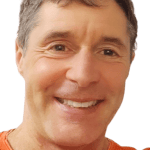
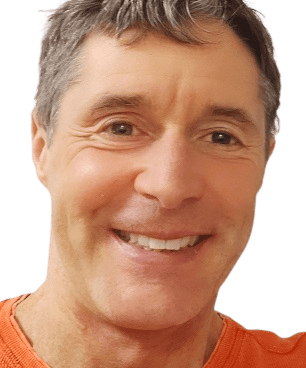
John Maunders14 Posts
Le Dr. John Maunders a exercé 25 années en médecine familiale, dont 20 en urgence et soins intensifs. Il porte un intérêt naturel pour l’activité physique de toutes sortes en tant que participant, entraîneur et médecin. Dr. John Maunders has spent 25 years in family medicine including 20 years in emergency and intensive care. Natural interest in physical activity of all sorts and seasons, as participant, coach, or physician.
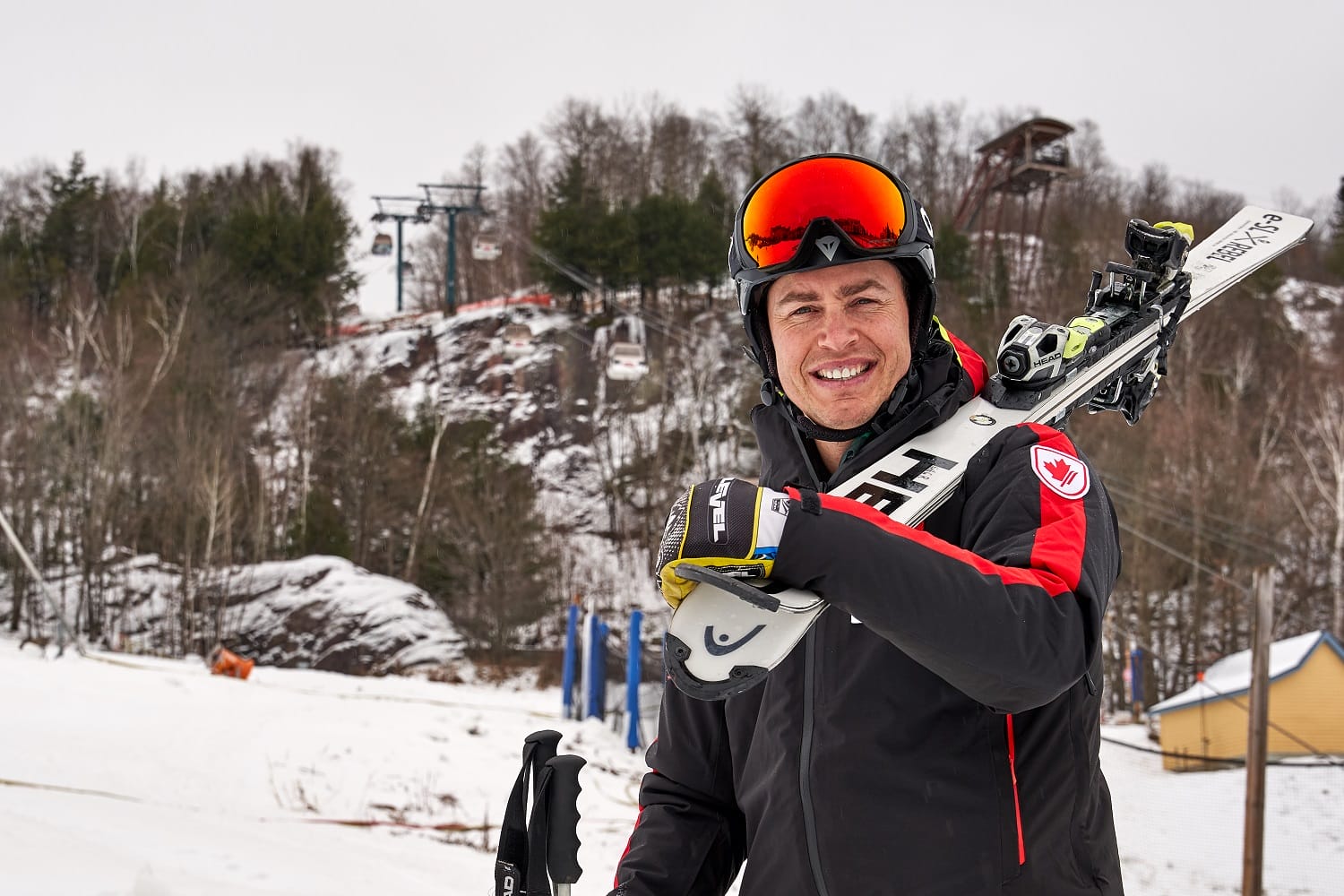
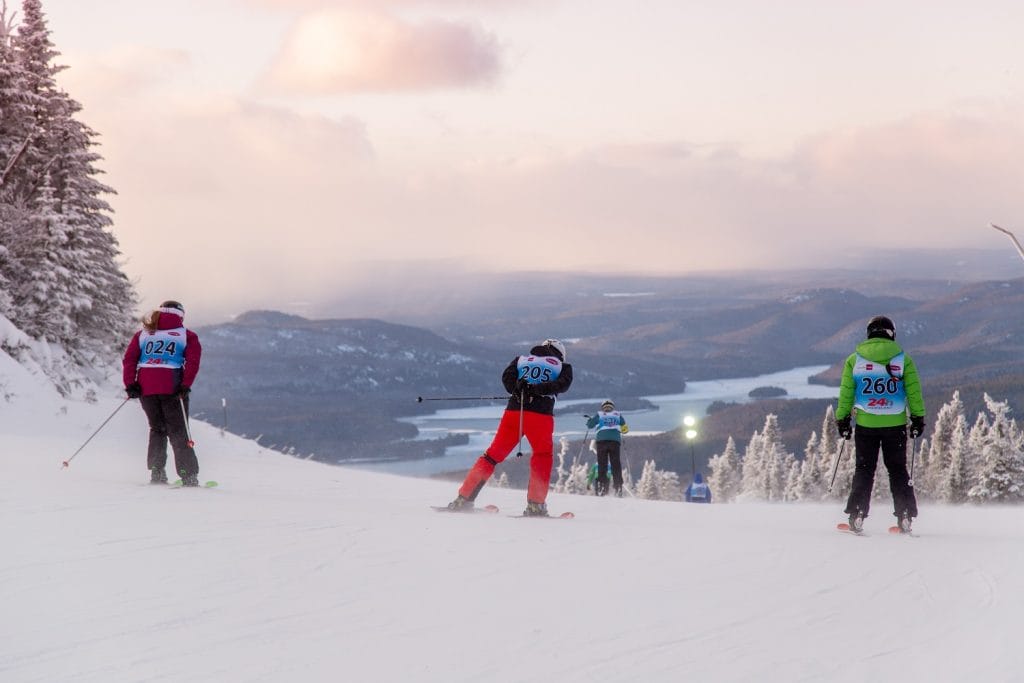

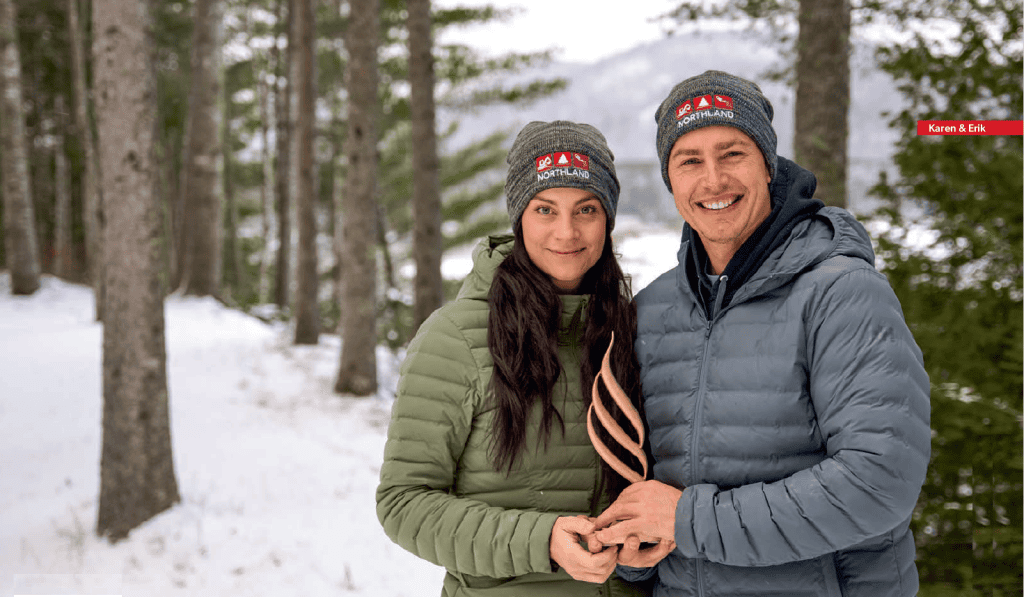
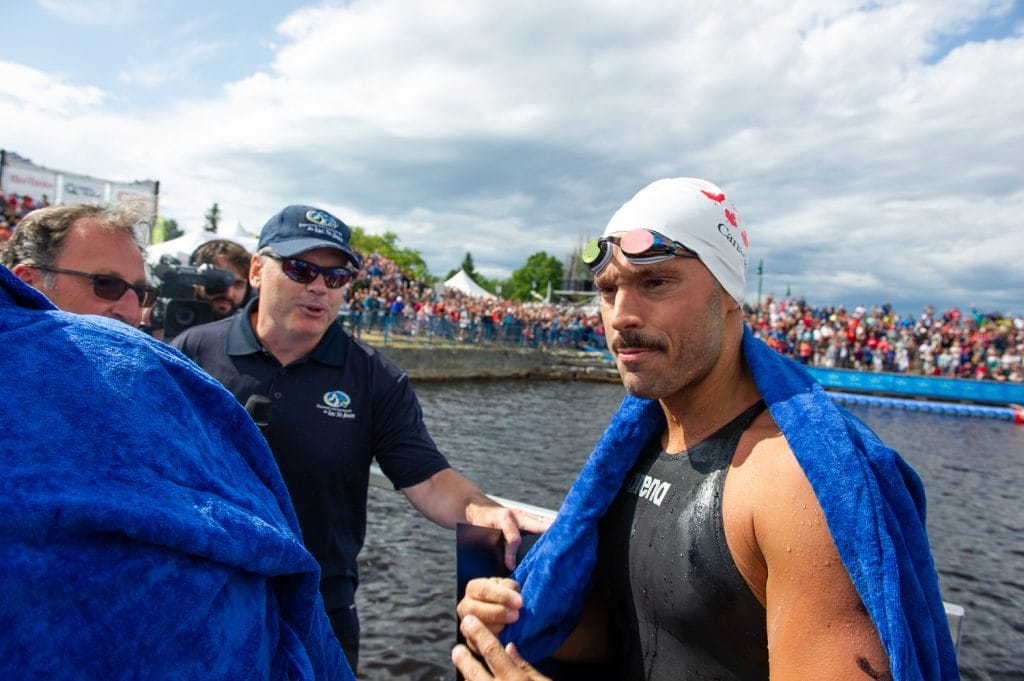
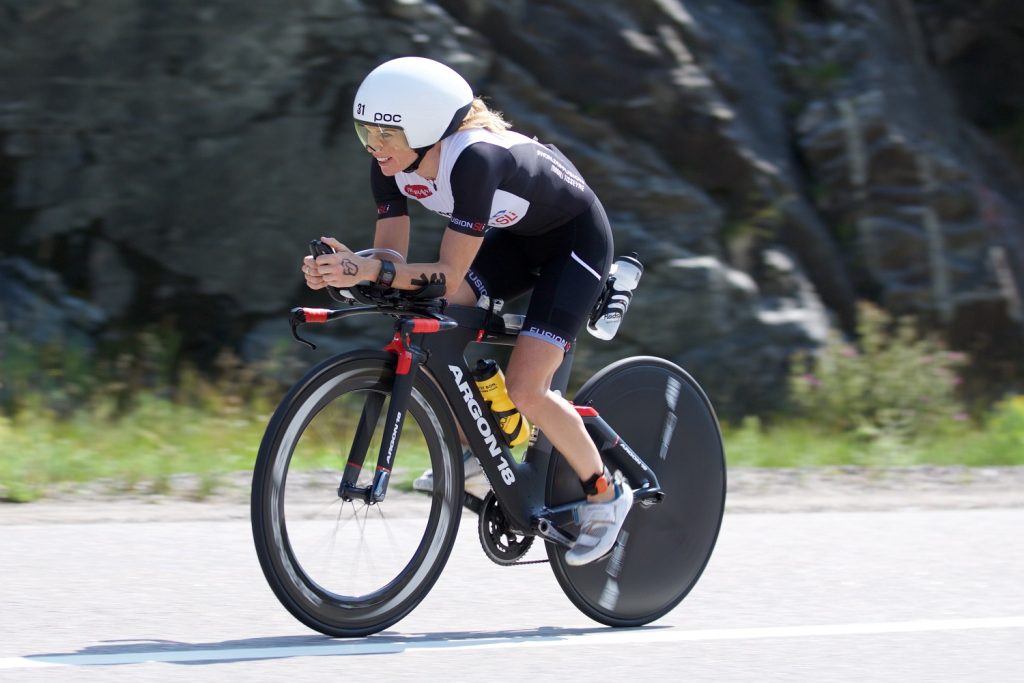
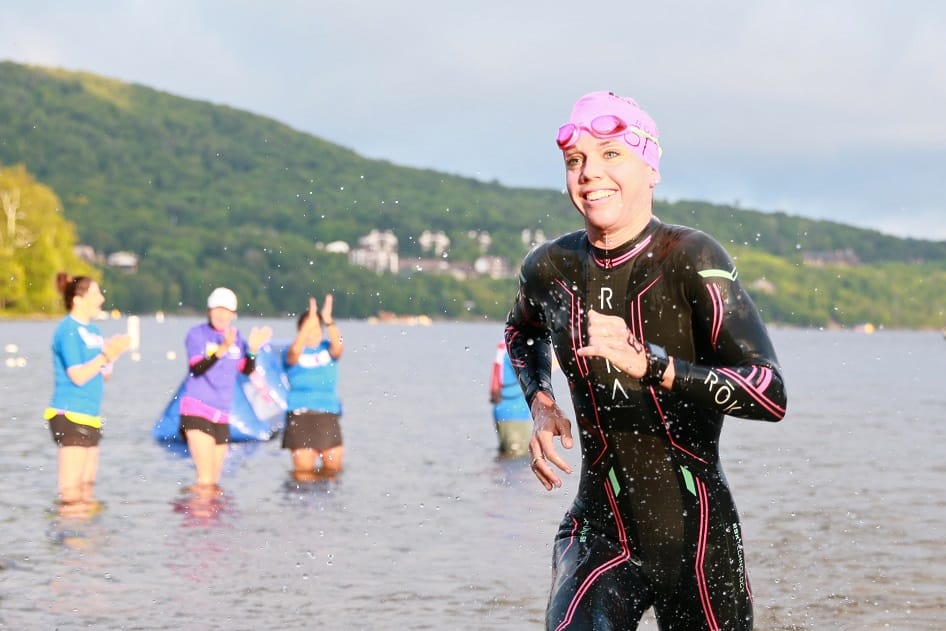

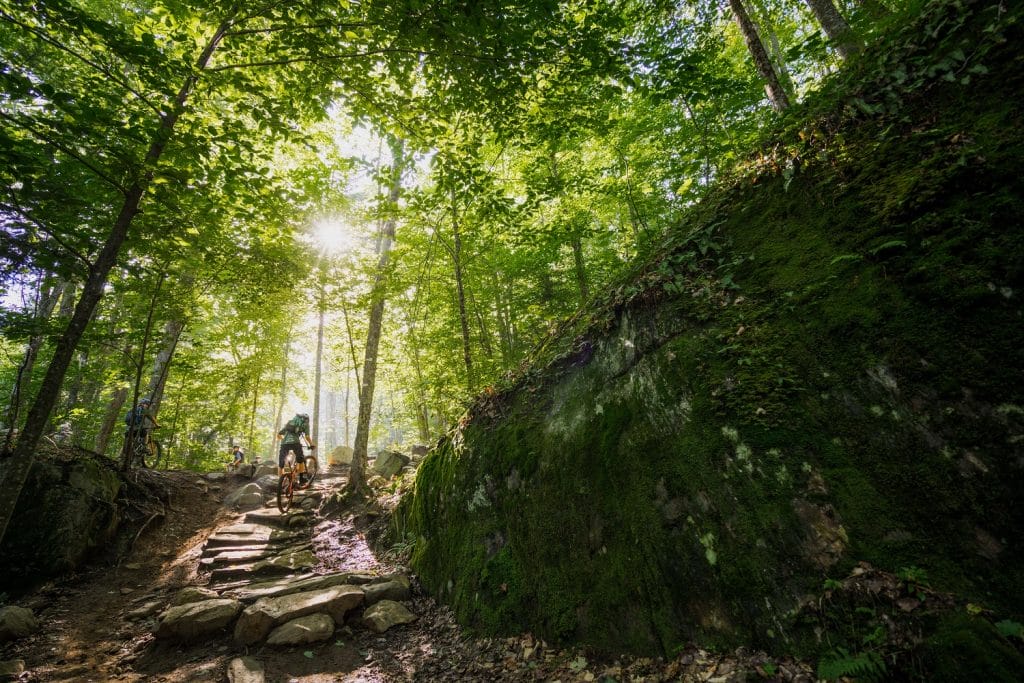
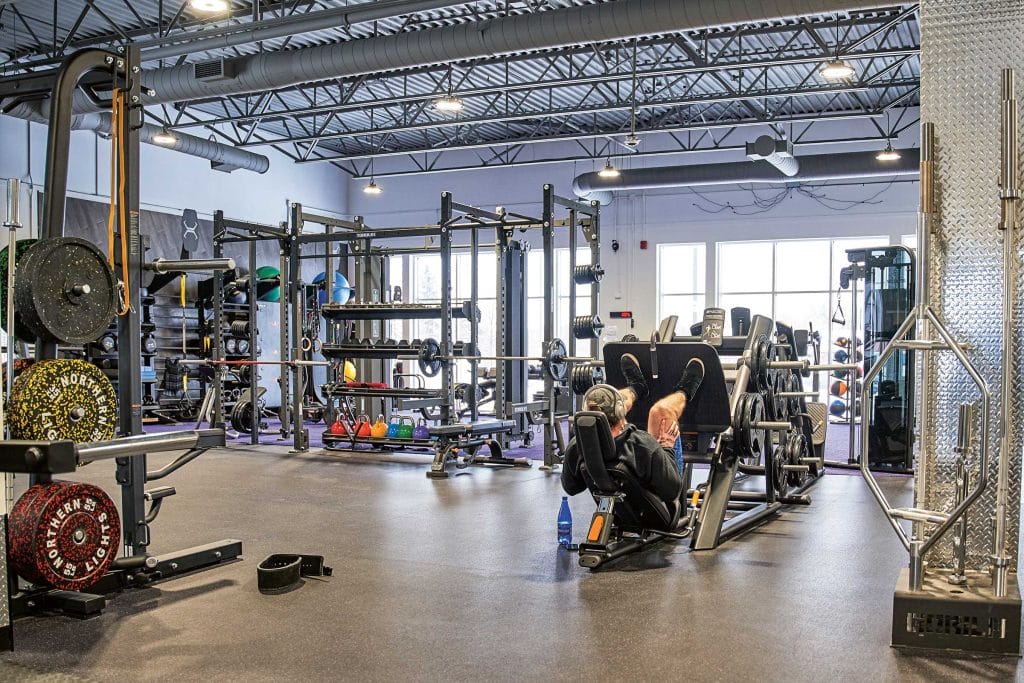
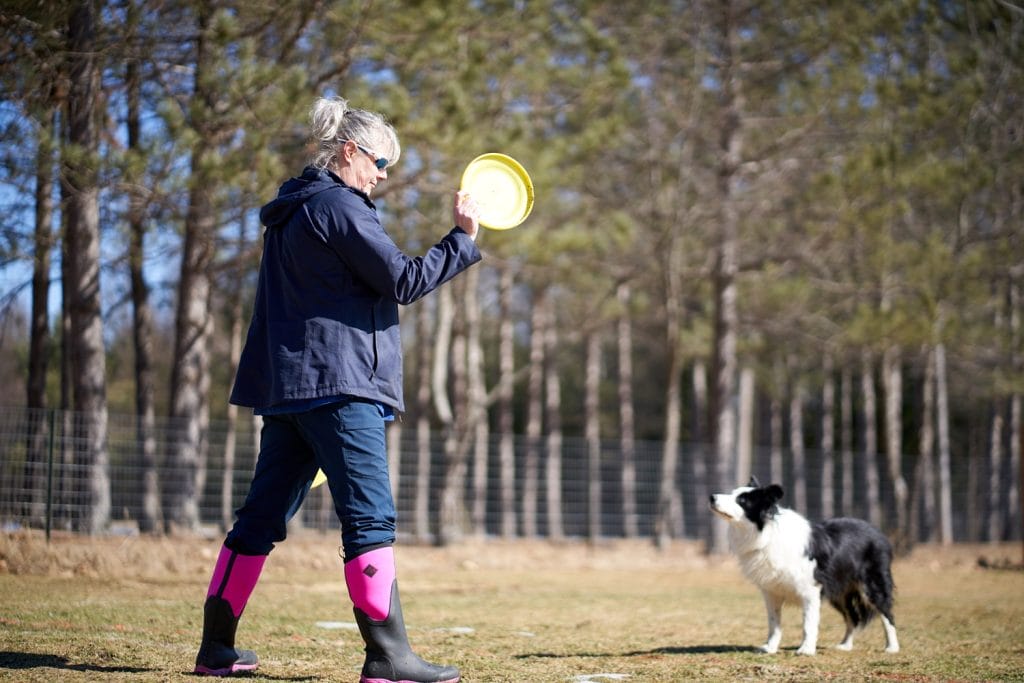
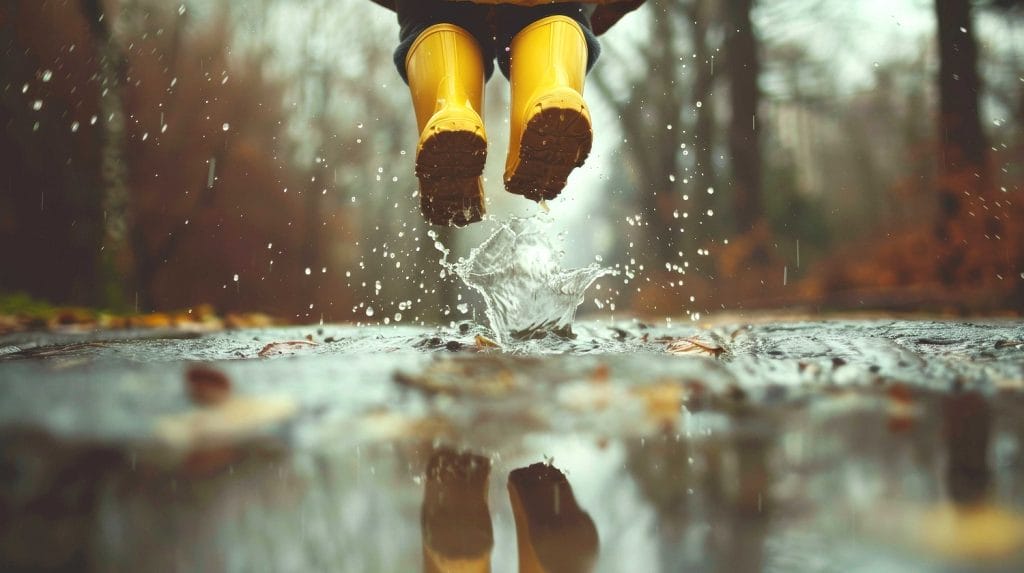
0 Comments